Borussia Dortmund Takes Cheeky Dig at Inter Milan's New Third Kit on Social Media
In the world of football, rivalries extend far beyond the pitch and often spill over into the realm of social media. Recently, Borussia Dortmund took the opportunity to engage in some playful banter by mocking Inter Milan’s latest third kit design on their social media platforms. The German club’s eye-catching post humorously suggested that the Italian side might have borrowed a bit of inspiration from their iconic yellow and black colors.
The post quickly gained traction among football fans, many of whom were amused by the light-hearted jab. Borussia Dortmund's playful tone is a testament to the spirited yet cordial relationships that exist between top-tier football clubs. Their post included images of both the new Inter Milan kit and their own, emphasizing the striking similarity between the two. The caption humorously implied that Inter Milan’s design team might have taken a peek into their wardrobe when coming up with the new kit.
For fans of the sport, this type of interaction on social media is a welcome break from the intensity of the matches themselves. It allows clubs to show a more human side and engage with their supporters in a fun and relatable way. Fans of Borussia Dortmund and Inter Milan alike reacted with a mix of laughter and surprise, filling the comment sections with memes and jokes about the uncanny resemblance.
Inter Milan, for their part, responded to Borussia Dortmund's post with good humor, further cementing the idea that this was all in good fun. They acknowledged the similarities in the kits but also pointed out the differences, asserting their own unique identity. This kind of back-and-forth is common in football culture and often strengthens the bonds between clubs and their fans. It goes to show that while the competition on the field is fierce, the camaraderie off it can be equally meaningful.
The new third kit from Inter Milan features a predominantly yellow design, accented with black details, which has long been associated with Borussia Dortmund. The German club’s kits have been iconic not just for their colors, but also for their success and the passionate fanbase that supports them. For Inter Milan, stepping into a color scheme so closely tied to another illustrious club was always going to draw attention, and Borussia Dortmund’s social media team was quick to capitalize on this opportunity.
Football kits often evoke strong emotions among fans. They are not just mere articles of clothing, but symbols of pride, tradition, and community. Each new release is eagerly anticipated and scrutinized, and any deviations or changes can spark heated debates. By playfully pointing out the resemblance, Borussia Dortmund tapped into this reservoir of passion, making the moment much more than just a commentary on colors.
A Tradition of Banter in Football
This exchange between Borussia Dortmund and Inter Milan is part of a larger tradition of banter and friendly rivalry in football. Social media has become a new battleground where clubs can engage in witty exchanges, poke fun at each other, and rally their supporters. These interactions are often scripted and carefully crafted, designed to maximize engagement and build a sense of community.
Other clubs have also joined in on the fun, with various football teams around the world routinely engaging in similar banter. These interactions can sometimes spill over into the fanbases, who take up the mantle and continue the jokes, often creating viral moments. It’s a way for clubs to stay relevant and connected in a highly competitive and ever-evolving digital landscape.
From humorous tweets to creative memes, social media has allowed clubs to show their personality and engage with fans in a more direct manner. It’s a space where they can be a bit cheekier, a bit more relaxed, and a bit more human. This is particularly important in an era where maintaining a strong online presence is crucial for brand building and fan engagement.
The Cultural Impact
Beyond the humor and the immediate reactions, such interactions also have a broader cultural impact. They reinforce the notion that football is not just a game but a significant part of social and cultural identity. The humor and the banter make the sport more accessible and relatable, breaking down the barriers between the players, the clubs, and the fans.
This light-hearted banter can also help to soften intense rivalries and remind everyone involved that at the end of the day, football is about enjoyment and community. It brings people together in shared moments of laughter and joy, creating a sense of unity that transcends nationalities and club affiliations. These playful exchanges are a reminder that sportsmanship and respect can coexist with competition and rivalry.
In conclusion, Borussia Dortmund’s cheeky dig at Inter Milan’s new third kit serves as a delightful example of the playful side of football. It highlights how clubs can use humor to engage with their fans, foster community spirit, and show a more human side. Such moments are a vital part of football culture, bringing joy and laughter to fans worldwide. As social media continues to play an increasingly central role in how clubs communicate and interact, we can expect many more such delightful exchanges in the future.

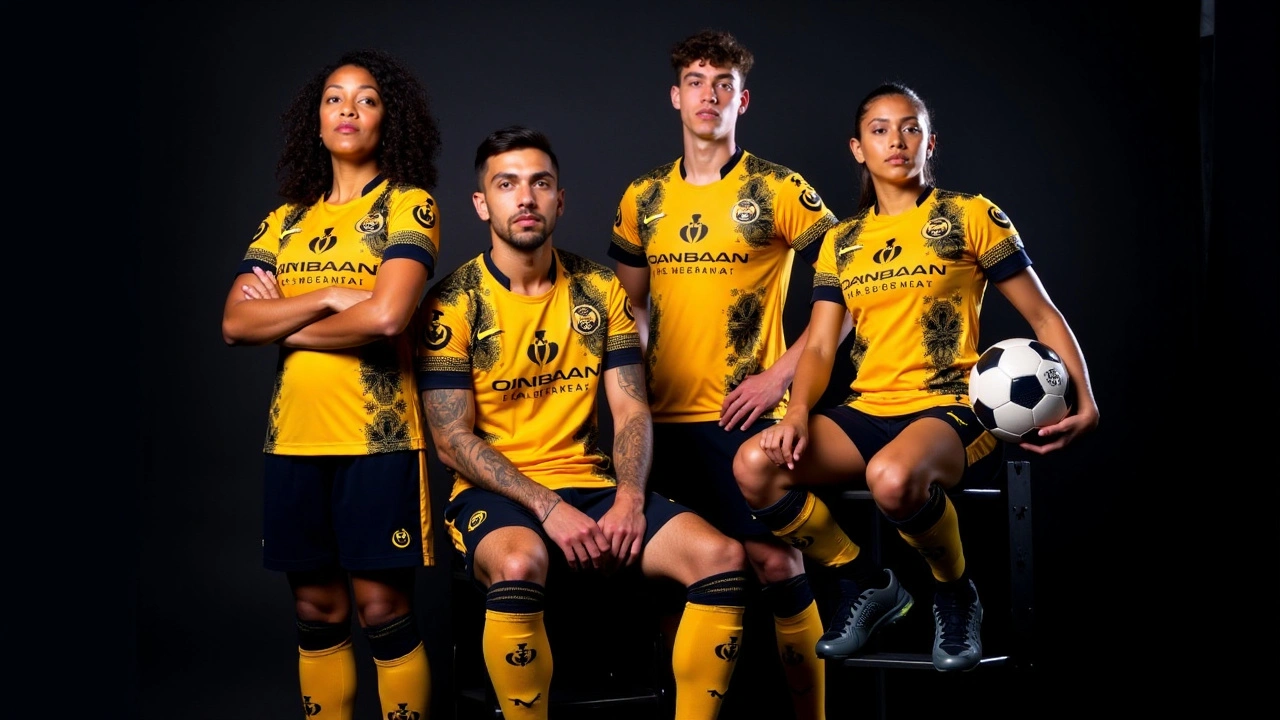
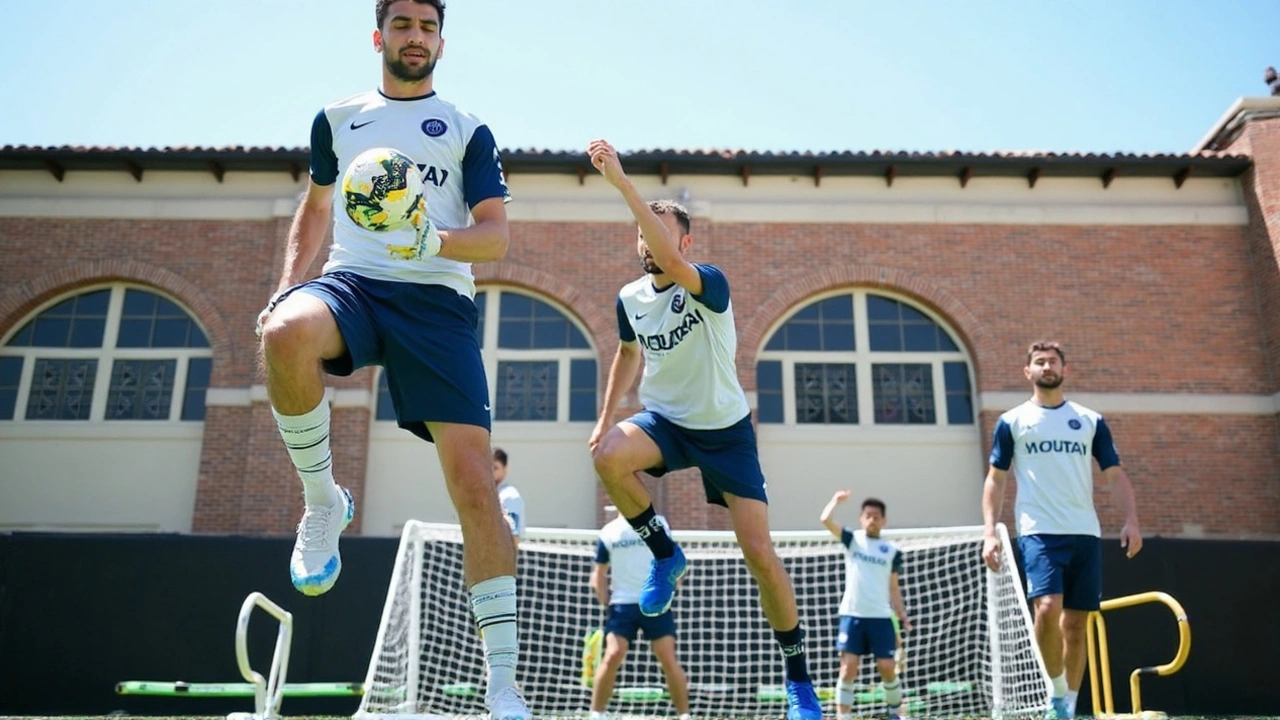
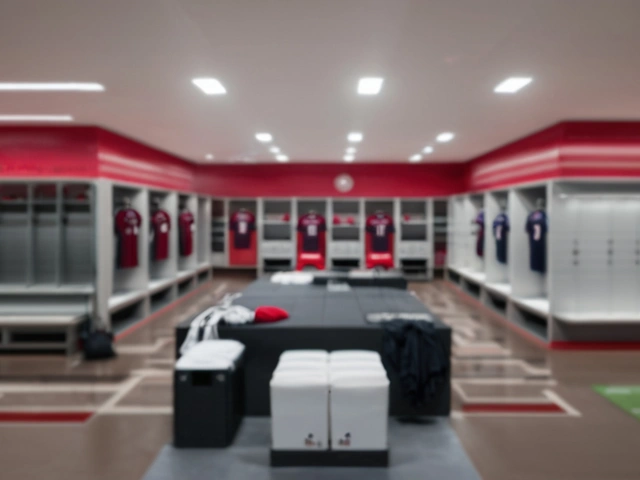
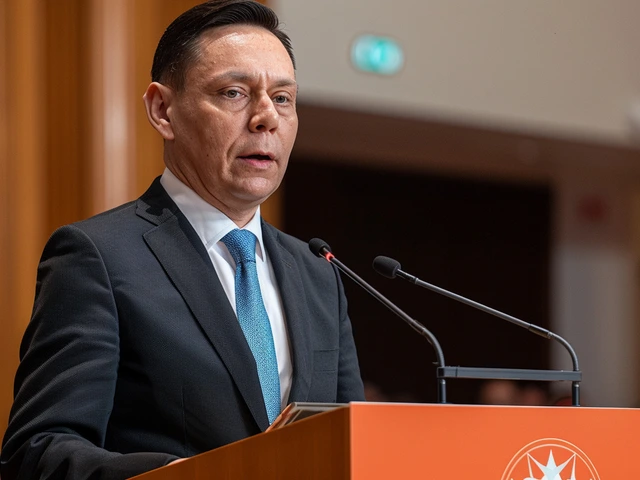
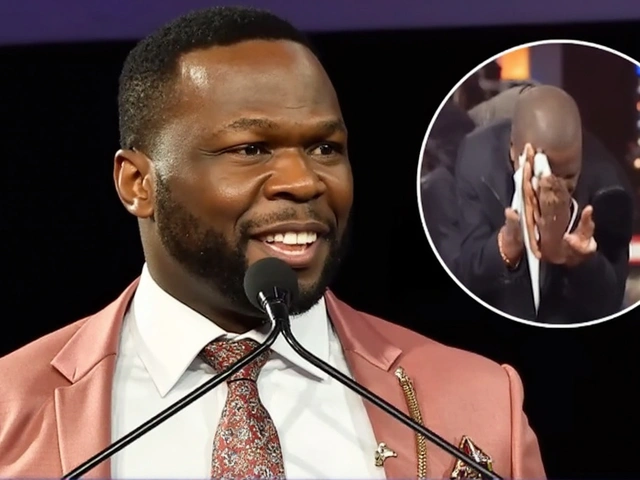
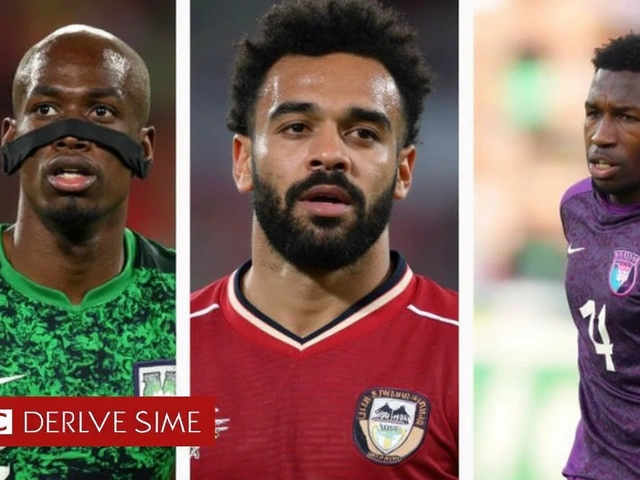
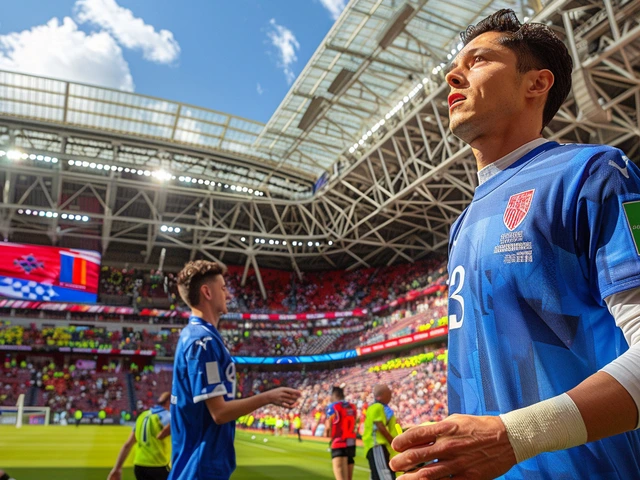
sarthak malik
September 14, 2024 AT 00:39Nice move by Dortmund, the cheeky post really highlighted how similar the kits look. The yellow‑black palette is instantly recognizable, so fans couldn't miss the overlap. By posting side‑by‑side images they gave everyone a clear visual comparison. It also gave Inter a chance to respond in good humor, which keeps the rivalry friendly. Overall, this kind of banter adds extra hype around the new third kits and keeps the conversation going on social media.
Nasrin Saning
September 14, 2024 AT 01:46Dortmund and Inter just having fun with the new kits it shows how football can bring us together even when clubs look alike
gaganpreet singh
September 14, 2024 AT 02:52The whole episode of Dortmund mocking Inter's third kit is a textbook case of modern football marketing gone awry. It begins with a simple visual similarity that any casual observer could spot, yet the clubs have turned it into a narrative of rivalry. The underlying moral, if one chooses to extract one, is that originality in design has become a scarce commodity in an industry dominated by branding imperatives. When a club like Borussia Dortmund, whose identity is so tightly bound to the yellow and black, sees another team dip into the same palette, the reaction is predictable. However, the decision to broadcast the tease on social media rather than keep it internal reflects a broader shift toward performative authenticity. Fans are no longer passive consumers; they are participants in a spectacle that blurs the line between sport and entertainment. The post itself, carefully curated with side‑by‑side comparisons, leverages visual rhetoric to make a point without spelling it out. It also serves as a reminder that the language of football is increasingly visual, and colors have become a shorthand for heritage. By framing the similarity as a joke, Dortmund avoids the pitfall of outright accusation, thereby maintaining civility. Inter's measured response, acknowledging the overlap while defending their own brand, demonstrates sportsmanship in the digital age. Yet, underneath the friendly banter lies a subtle competition for market share in merchandise sales. The yellow third kit might attract a segment of Inter fans who are also admirers of Dortmund's aesthetic, potentially cannibalizing revenue. Conversely, the viral nature of the exchange could boost sales for both clubs as curiosity spikes. This dynamic illustrates how clubs have become savvy content creators, using humor to drive engagement. It also raises the question of whether authentic design can survive in a climate where imitation is often celebrated as homage. In the final analysis, the episode is less about colors and more about the power of narrative in shaping fan loyalty.
Urmil Pathak
September 14, 2024 AT 03:59Inter's kit is bright and looks cool.
Neha Godambe
September 14, 2024 AT 05:06While the jest may appear harmless, it underscores a deeper issue of brand dilution that cannot be ignored. The distinct identity cultivated by Borussia Dortmund over decades deserves respect, and any perceived encroachment should be met with firm rebuttal. It is therefore imperative that clubs safeguard their visual heritage against careless imitation. Such vigilance not only protects commercial interests but also preserves cultural significance for supporters worldwide.
rupesh kantaria
September 14, 2024 AT 06:12Indeed, the sanctity of a club's chromatic emblem hath long been a cornerstone of its heritage; however, one must alsoacknowledge the fluid nature of design evolution in the contemporary epoch. Though I pen this with utmost decorum, the occasional inadvertent typography may slip through, yet the gravitas of the argument remains unaltered. It is advisable that both parties engage in constructive dialogue rather than resorting to disparagement, thereby fostering mutual respect and continued growth within the sport.
Nathan Tuon
September 14, 2024 AT 07:19Seeing clubs engage in good‑natured banter reminds us that football is as much about community as it is about competition. A lighthearted exchange can energize fan bases and create a shared sense of excitement across borders. Keep the spirit alive, and let the love for the game drive us all forward.
shivam Agarwal
September 14, 2024 AT 08:26It's true that moments like these bring people together, and the humor adds a breath of fresh air to the usual intensity of matches. Fans from different leagues can find common ground in a joke, which helps bridge cultural gaps. Appreciating each other's traditions while sharing a laugh makes the sport richer for everyone.
MD Imran Ansari
September 14, 2024 AT 09:32The kit showdown is like a neon fireworks display, bursting with bold yellows and sleek blacks that spark instant nostalgia! 🎉 Dortmund's cheeky post turned the rivalry into a visual carnival, and fans everywhere are buzzing with excitement. It's a brilliant reminder that football culture thrives on creativity, color, and a dash of playful flair! 🌟
walaal sanjay
September 14, 2024 AT 10:39Honestly, this whole kit controversy is just another example of Italian clubs trying to copy German engineering, precision, and style, which, let’s face it, they can never truly replicate, because the heart of football beats strongest in the Bundesliga, where tradition meets innovation, and that’s why Dortmund’s colors are iconic, unmistakable, and forever superior!
Umesh Nair
September 14, 2024 AT 11:46i dunt think its about who is supurior, its just a kit, man.. why all the drama over colors? its all just cloth n dyes, lol.
kishore varma
September 14, 2024 AT 12:52Just another day in the internet football circus, folks. 😂 The memes are rolling, the fans are vibing, and the kits are... well, pretty bright. Cool to see clubs having a laugh together.
Kashish Narula
September 14, 2024 AT 13:59The exchange shows how social media can turn a simple design similarity into a global conversation, sparking both humor and reflection. While some may see it as a harmless tease, others view it as a statement about brand identity. Either way, the buzz keeps fans engaged and the clubs in the spotlight.
smaily PAtel
September 14, 2024 AT 15:06Indeed, the dialogue generated by this kit comparison is a testament to modern fan engagement, a phenomenon that transcends borders, amplifies brand visibility, and, most importantly, fuels endless content creation, which, in turn, drives both clubs toward unprecedented commercial success!!!